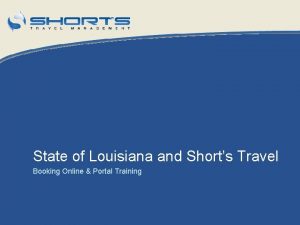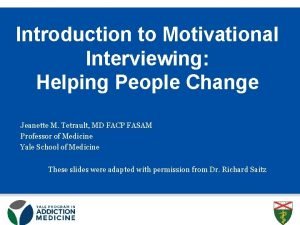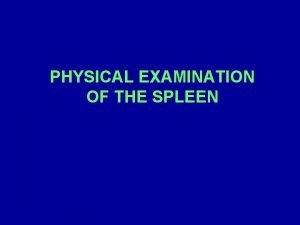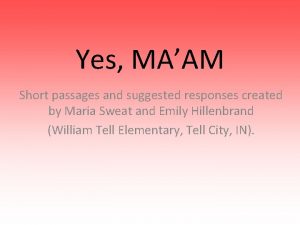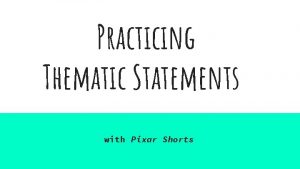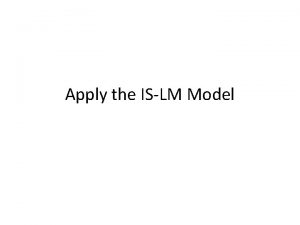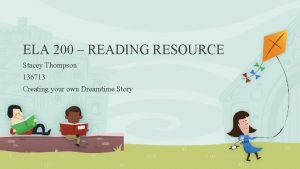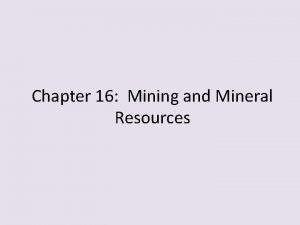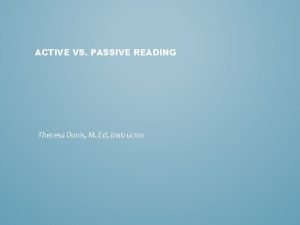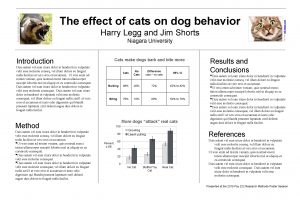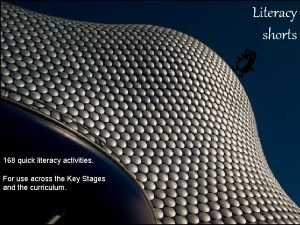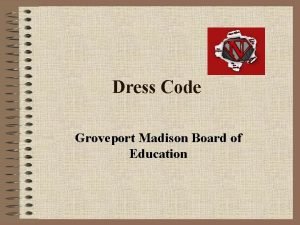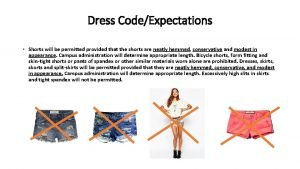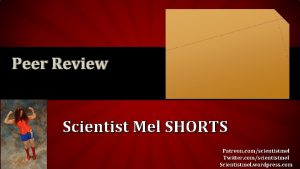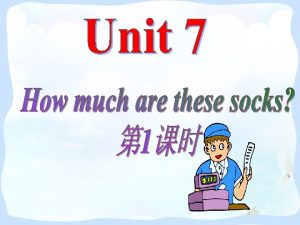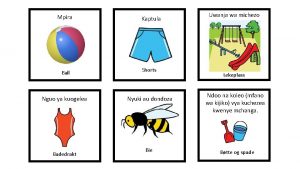Active Reading and Shorts Active Reading Active Reading













- Slides: 13

Active Reading and “Shorts”

Active Reading • “Active Reading” of a literary work will help you to understand it more fully. These techniques may be used the first time through, or on a second reading after you have read the work all the way through once. When you do active reading, you might… – Preview the reading – Highlight – Annotate

Preview the Reading • Look at form. • Ask yourself what you already know about the author, the setting, the time period in which the piece was written, and the form (sonnet, “short, ” etc. ) or style the author uses. • Identify unique or intriguing choices the author has made. How is it similar to or different from other pieces like it?

Highlighting the Reading • When you highlight, you may wish to mark: – Repeated phrases/words – Patterns of imagery – Lines that strike you as particularly beautiful – Lines that seem to encapsulate (contain in a small space) theme of the work. • If you would like, use different colors of highlighter for different purposes.

Annotating the Reading: • Annotating a work means writing your own comments/thoughts directly onto the text as you read. – – – Summarize events in your own words. Ask questions. Record thoughts about possible themes. Make connections between different parts of the text. Define unfamiliar vocabulary. (This is KEY. ) • It is possible to do all of this using a notebook if you don't want to mark in your book, but it is a bit more difficult.

Defining “Fiction” • From our textbook… “A narrative tells a story by presenting events in some logical or orderly way. A work of fiction is a narrative that originates in the imagination of the author rather than in history or fact” (Kirzner and Mandell 70). What do you think of this definition?

Following/Breaking the Rules • Last class, when we talked about the definition of “literature, ” the definition from the dictionary used the phrase “artistic merit. ” • In my experience, “artistic merit” is achieved in many different ways. – There artists who excel at the craft of writing. They may be using old forms, using plots that have been used for hundreds of years, but their use of language and the way they use old forms well makes them worth reading.

Following/Breaking the Rules • There artists who achieve “artistic merit” by doing things in new or original ways. Either by doing something completely new, or by pushing the envelope of what old forms “allow. ” These are writers who know the rules and choose to break them. • Often, these are the writers who make us question our assumptions about the type of literature we are reading.

One Rule-Breaking Short Story… • Earnest Hemingway famously offered up the following six words as the shortest short story in history.

The Shortest Story “For sale: Baby shoes, never worn. ” How does this story fit into (or defy) our definitions of fiction and narrative?

Other Six-Word Short Stories A few years ago, Wired magazine invited Science Fiction authors to submit six-word short stories of their own. Here are four of them. • Gown removed carelessly. Head, less so. - Joss Whedon • Longed for him. Got him. Shit. - Margaret Atwood • I saw, Darling, but do lie. - Orson Scott Card • TIME MACHINE REACHES FUTURE!!! … nobody there … - Harry Harrison

Guidelines for Class Discussion • Each of us brings unique experiences and ideas to the works we discuss. • Respect each others' opinions. When you disagree with another student’s ideas about a work, argue with the idea, not with the other student’s personality or moral character. • Be ready to back up your ideas/comments with evidence from the text. (This is where annotating is useful. )

Group Work With Shorts • Groups 1 and 2 discuss "Snow" p. 84; • Groups 3 and 4 discuss "Accident. " p. 88 • Groups 5 and 6 discuss “ 55 Miles to the Gas Pump” on p. 97 -98. • Groups 7 and 8 discuss “The Plot” on p. 87. Questions: • How does each of these stories follow (or break/bend) the “rules” of fiction? What do you think the author accomplishes by following/breaking the rules? • Many of these protagonists experiences an "epiphany" or moment of illumination at the climax of the story. Describe that epiphany as best you can. Why is it especially meaningful? • If you were doing a reading journal for this story, which lines would you choose? What would you say about them? • If your group finishes discussing these questions, look at the other two stories and discuss those as well. • Each group should take notes and hand in ONE paper. (Please make sure that all names, first and last, are on the paper you hand in. )
 Shorts travel portal
Shorts travel portal Develop discrepancy example
Develop discrepancy example Shorts maneuver spleen
Shorts maneuver spleen Yes ma'am writing strategy
Yes ma'am writing strategy Theme with pixar shorts
Theme with pixar shorts Ask yourself shorts
Ask yourself shorts Stacey thompson shorts
Stacey thompson shorts Pre reading while reading and post reading activities
Pre reading while reading and post reading activities Active high and active low
Active high and active low Active transport
Active transport Active reading section feeding the world
Active reading section feeding the world Words or phrases that associate with critical reading
Words or phrases that associate with critical reading Mineral exploration and mining active reading
Mineral exploration and mining active reading Define passive reading
Define passive reading
